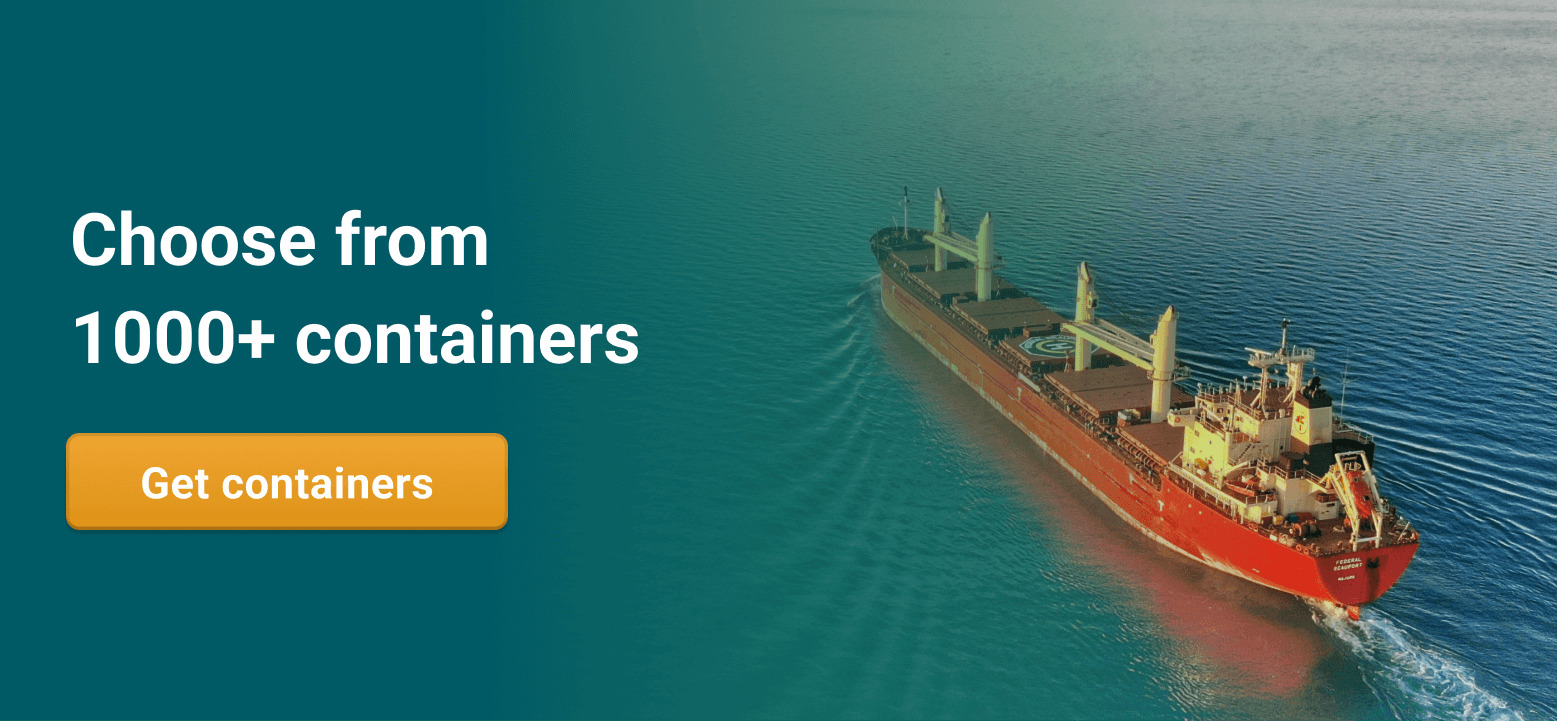Have you heard of short sea shipping? Read on to find out more about its benefits to your business, what it actually means, and the reasons you should start short sea shipping.
In this blog, you’ll learn:
- Short sea shipping is a commercial waterborne transport that does not transit oceans or deep waters.
- Short sea shipping is cost-effective, emits lesser co2, and helps reduce road congestion.
- Various container types can be used for short sea shipping, such as 20ft and 40ft containers and other special container types as well.
- xChange can help you find the best containers at the most competitive price for short sea shipping.
Let’s say that you’ve got a sports equipment business. And your company is importing a variety of goods from Poland to Norway. But, you’re struggling with irregular logistics flow and facing difficulty taking care of the large volume of goods in the short time frame. Moreover, you’ve been transporting your goods by road on a weekly basis over the weekend, which is resulting in a massive workload for your warehouse staff.
Now, let’s say, instead of transporting the goods by road, you load the goods into containers and transport them to the Port of Klaipeda, in Lithuania, which shares land borders with Poland to the south. From there the containers are shipped by short sea to the Port of Drammen in Norway. That already sounds like a smooth process, right?
Sure! This switch from road transport to the short sea route can make your entire logistics flow easier and more time-efficient. It’s also more convenient.
Now, are you interested in considering this route for your business? Great, but what about finding the right containers for your short sea shipping trip? We’ve got your answer. Check out our trading platform with more than 1000+ vetted members in 2500+ locations worldwide. You even have 10, 000+ containers to choose from for your needs.
All you’ve to do is choose, “I want to buy containers”, select pick-up and drop-off locations, and hit search. Within seconds, you’ll instantly get a list of containers put up for sale, right where you need them.
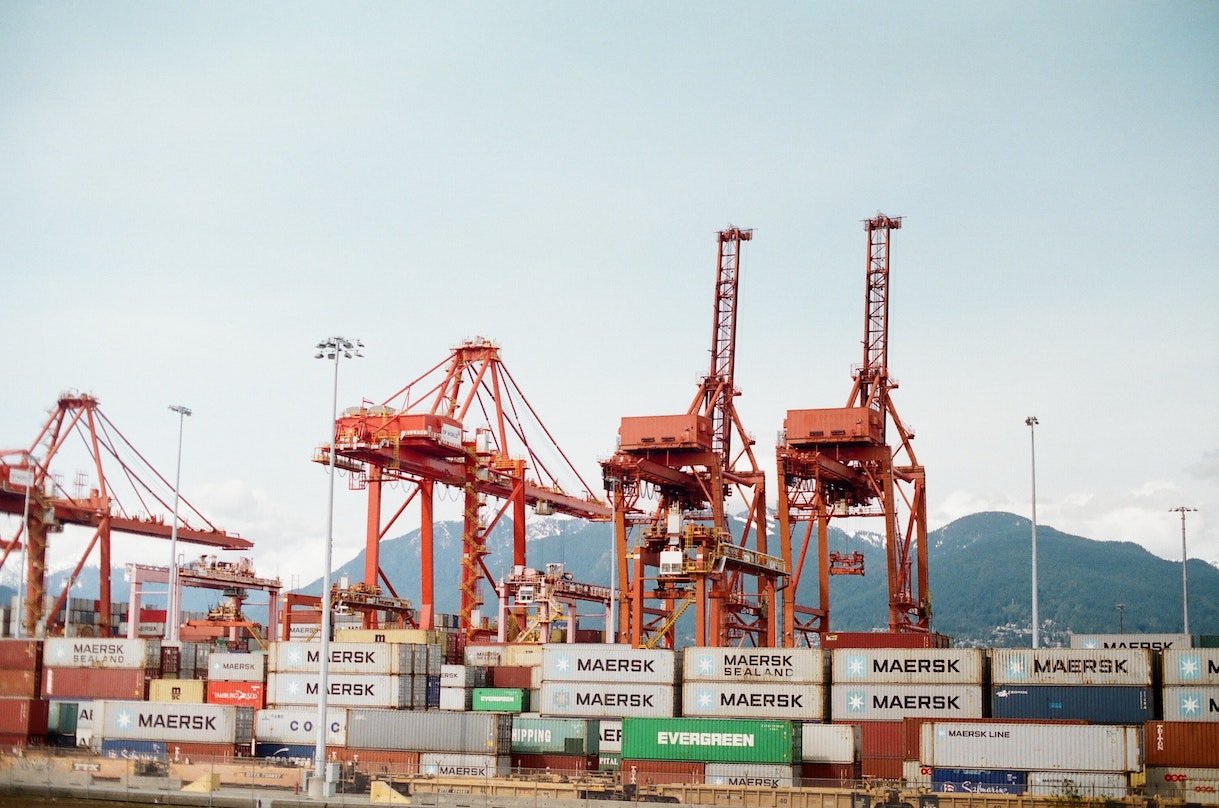
Now that you have an idea about short sea shipping, let’s dive in-depth into deciphering short sea shipping.
What is Short sea shipping?
Short sea shipping is a term used by the European Commission and commonly throughout the European Union. Short sea shipping (SSS) as the name suggests is shipping goods by sea over shorter distances. It’s the transport of goods by sea along a coast without crossing an ocean.
In other words, it’s described as a commercial waterborne transport that does not transit oceans or deep waters. Short sea shipping routes use coastal and inland waterways to transport goods to ports of a nation or adjacent countries.
The evolution of short sea shipping
SSS has gained popularity worldwide. However, this wasn’t always the case. Short sea shipping isn’t a new concept. It is a traditional sea transport practice, used to move people and goods from one port to the other. The early merchant vessels had, compared to today, a minimal cargo capacity and depended mostly on the wind and tides. Mostly sailing on the coastline, they had very unstable and unpredictable schedules and, therefore, very low reliability.
And due to the ship’s nature and the changing weather conditions, vessels with goods getting lost at sea were a common occurrence.
However, coast shipping evolved significantly in the last 200 years. Larger and rugged vessels came into play. These became not only crucial for modern transportation but also helped with increasing cargo volume. Nowadays, a more significant variety of cargo can be moved on more fixed schedules within the SSS network.
Merchant’s vessels have now become crucial for the regional economy as an attractive complement to road and rail cargo transport that improved significantly since the 1950s. This daily improving technology increased the safety and liability of SSS transportation and became a nexus of the seamless international transportation system.
Neat, isn’t it? Now that, you know about short sea shipping, let’s move on to the benefits next.
 Benefits of Short Sea Shipping
Benefits of Short Sea Shipping
Hear us out when we tell you that there’re many good reasons for expanding the short sea shipping routes, which include environmental and financial benefits. Let’s find out how.
Most developed nations rely on the national highway to carry cargo from one point to the other. Problems arise overall because of the increasing annual freight movement brought about by growing global trade.
To handle this demand, additional trucks are needed to cover the transport of the upcoming cargo, increasing highway congestion, travel times, and freight inefficiencies. Furthermore, harming the environment by accelerating traffic.
- Short sea shipping serves as an alternative to road transport. An essential part of the short sea shipping policy is the “Marco Polo Concept ”. This concept is the European Union’s funding program for projects which shift freight from the road to sea, rail, and inland waterways. It aims to reduce congestion on the road and increase sustainability.
- Some of the other benefits of SSS include fuel efficiency increase and an overall reduction in greenhouse gas (GHG) emissions, air contaminant (CAC) emissions, traffic congestion, and transport-related noise.
- Besides the environment, the regional and national economies gain a lot via the SSS. Apart from being a cheaper way to transport a large number of goods, it also increases the business revenue for local vessel and cargo firms and the profit of regional producers. Another critical point is the source of tax revenue for a country to be able to, e.g., expand the SSS network.
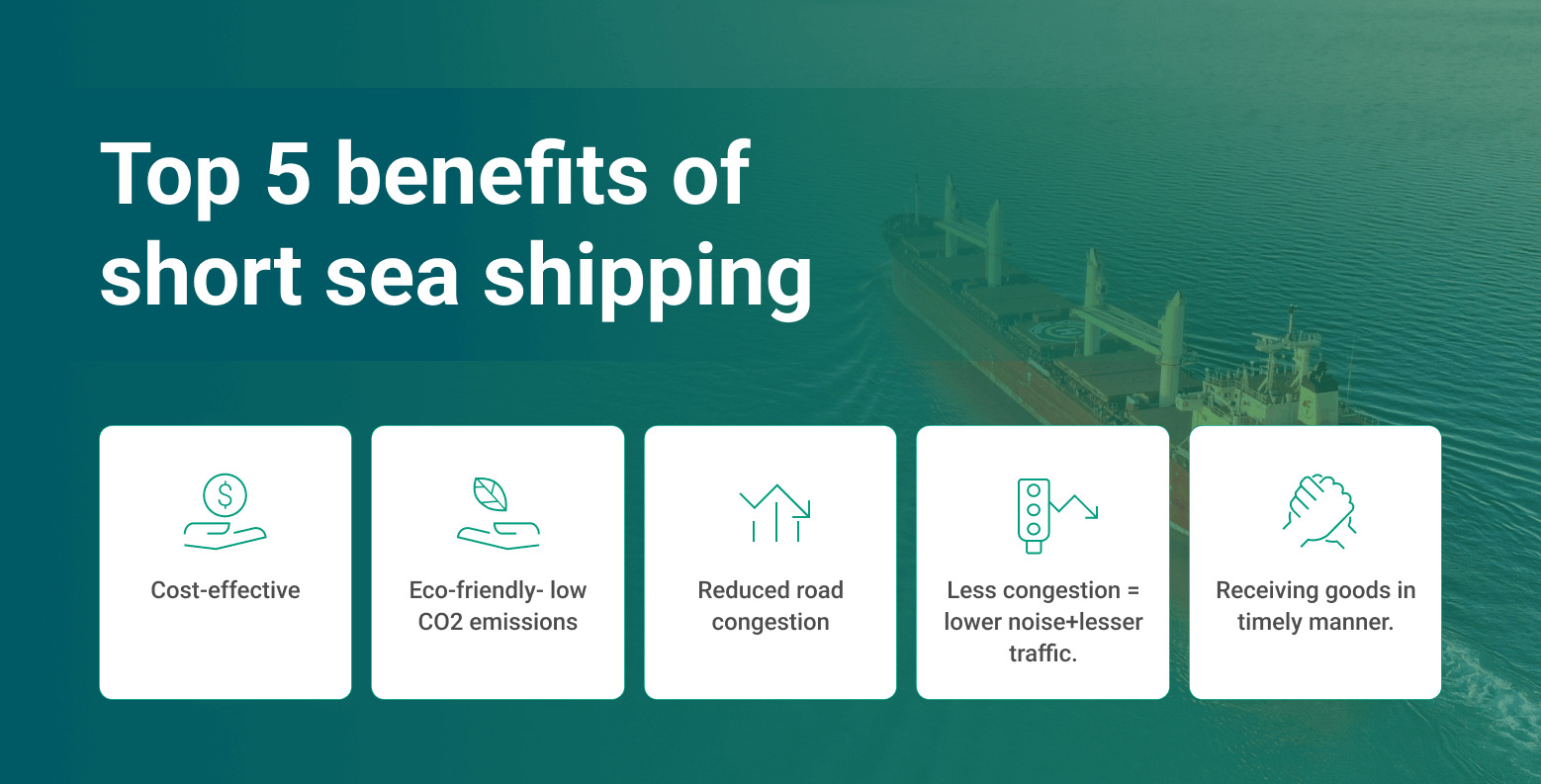
Short sea shipping as an eco-friendly alternative
Let’s face it, when it comes to reducing the ecological footprint, sea freight is known for winning the battle against road freight. Fewer heavy vehicles on the roads mean a less negative impact on the environment. Moving significant goods volumes from the roads to short sea routes largely contributes to reducing the CO2 emissions caused by road transport.
Short sea shipping is an eco-friendly transport alternative. Along with lower CO2, another great thing that the SSS does is have a positive impact on road congestion, road safety, and noise levels.
Short sea shipping helps with time management
One of the other major benefits of short sea shipping is that shippers get their goods in a reliable, consistent, and timely manner. Unlike road transport, which is more prone to delays and irregular logistics flow due to congestion. Short sea shipping allows for scheduled departures and arrivals.
Short sea shipping is easy on the pocket
Wouldnt it be great to save some bucks? Well, sea freight rates are lower than road freight rates, especially when shipping larger freight volumes and heavier cargo. Making a transition from road freight to the short sea allows you to evade the high freight rates of road transport. In the long term, moving a significant volume of cargo from the roads of Europe to short sea can help restore the capacity imbalance in road freight and eventually remove lack-of-capacity surcharges.
Are you eager to try out short sea shipping yet? Let’s see what containers you can use for your shipping journey.
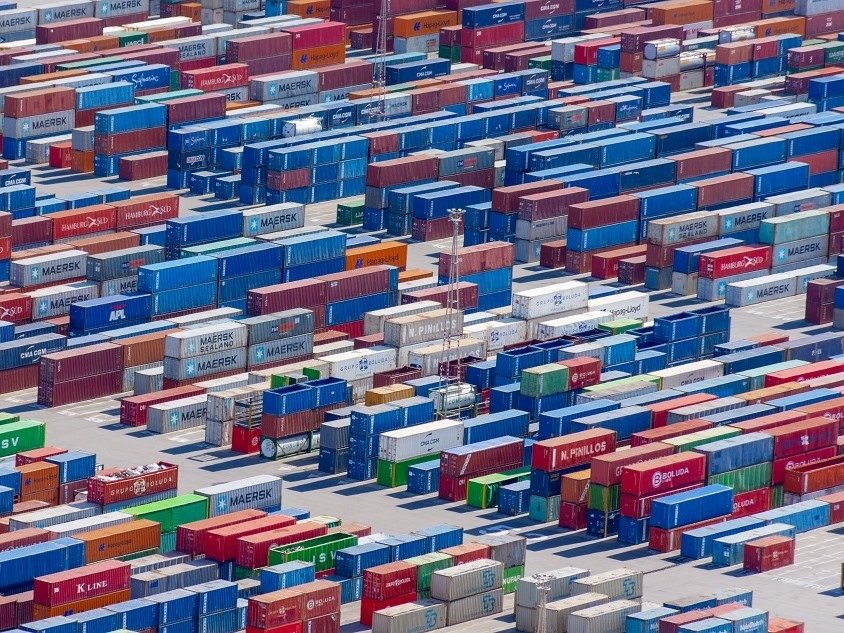
Find containers for short sea shipping
Now that you’ve got an idea of what short sea shipping is all about, let’s delve into the containers you can use for making these trips.
There are a variety of containers you can use depending on your needs. And xChange can help you get your hands on the perfect box that you’re looking for.
Need to ship items that require cold temperatures? Reefer containers are your go-to. Need extra space for large cargo? Opt for open containers.
Let’s get to know the container types a bit better.
Different container types
20ft and 40ft containers- are the most common types of standard containers found in the market. If you’re looking to ship dry cargo like pallets, boxes, barrels, and clothes, this container is for you.
20ft and 40ft high cube containers- They’re similar to the standard ones in terms of length, breadth, and structure, but vary in height. If you need a container for cargo that has an extra height, you might want to opt for this container type.
You can also have a look at special container types to take your pick.
You must now be wondering where to start your search for finding one for your needs, right? At xChange, we offer an online container store platform for you to browse through and take your pick. If you’re looking to buy containers, we’re here for you.
There are over 1000+ vetted shipping companies using Container xChange to buy, sell, and lease containers. xChange makes it easy for you to comb through 10,000+ containers in more than 2500 locations worldwide.
Let’s now move on to a quick overview of short sea shipping in Europe and the world.

Short Sea Shipping in Europe and the world
In European history, maritime transport has been a significant catalyst for economic development. Almost 75% of the European external freight trade volume is seaborne. Already, SSS transports 33% of inter-European ton-kilometers, and the tendency to ship via SSS is rising.
There is an increasing need and the demand for alternatives to road and rail transport within Europe. Due to this, the incumbent shipping line major, MSC, has jumped on the SSS bandwagon extending its fleet for the inter-European transportation network. MSC has combined shipping services with inland operations. This has helped in providing a seamless door-to-door delivery solution for businesses of all sizes. The MSC network alone stretches all over the Mediterranean Sea and the northern part of Europe.
The network between Europe and Asia is also under continuous expansion. Eight countries in the Arabian Gulf have been linked over the last decade. Southeast Asia is following suit by connecting different ports, e.g., Thailand.
Short sea shipping as a transport niche has grown in relevance, and it’s about time it gains more mainstream adoption – considering its promise in reducing global trade’s overall carbon footprint.
How xChange makes it easy to find containers for short sea shipping
With an overall understanding of short sea shipping and its benefits, it’s time to make your move to find the right containers. On the xChange platform, you’ll find over 1000+ vetted companies. We have a mandatory vetting process for all members before they join the platform, to ensure your safety.
On our online neutral platform, we make it easy for container owners and users to find trustworthy partners. In addition, the trading platform on xChange is commission-free and provides full price transparency. This means that all the rates and fees that you see are stated upfront and are negotiable. This way, you can be sure what you’re paying and why, before signing a deal.
You’re well informed now, all you’ve to do is type in the container type, and choose your pick-up location(s). A list of vetted and certified partners will appear on your screen, you can then choose the one that best fits your requirement. Make your offer and start negotiations.
Ready to get started on that good deal on containers for your short sea trip? Click the banner below to know-how!
Short sea shipping: Common FAQS
What is short sea shipping?
Short sea shipping is a term used by the European Commission and commonly throughout the European Union. Short sea shipping (SSS) as the name suggests means shipping goods by sea over shorter distances. It is the transport of goods by sea along a coast without crossing an ocean.
What is short sea in logistics?
Short sea in logistics is generally described as a commercial waterborne transport that does not transit oceans or deep waters. Short sea shipping routes use coastal and inland waterways to transport goods to ports of a nation or adjacent countries.
What are short seaports?
Short sea shipping routes use coastal and inland waterways to transport goods to ports of a nation or adjacent countries. Due to international trade and the import and export of goods, the SSS is growing worldwide. That said, short sea shipping is not a new concept.
What does shipping by sea mean?
Shipping by sea is a method of moving huge quantities of products via cargo ships. Goods are put into containers and these containers are loaded onto a vessel. The containers then sail to their destination country.


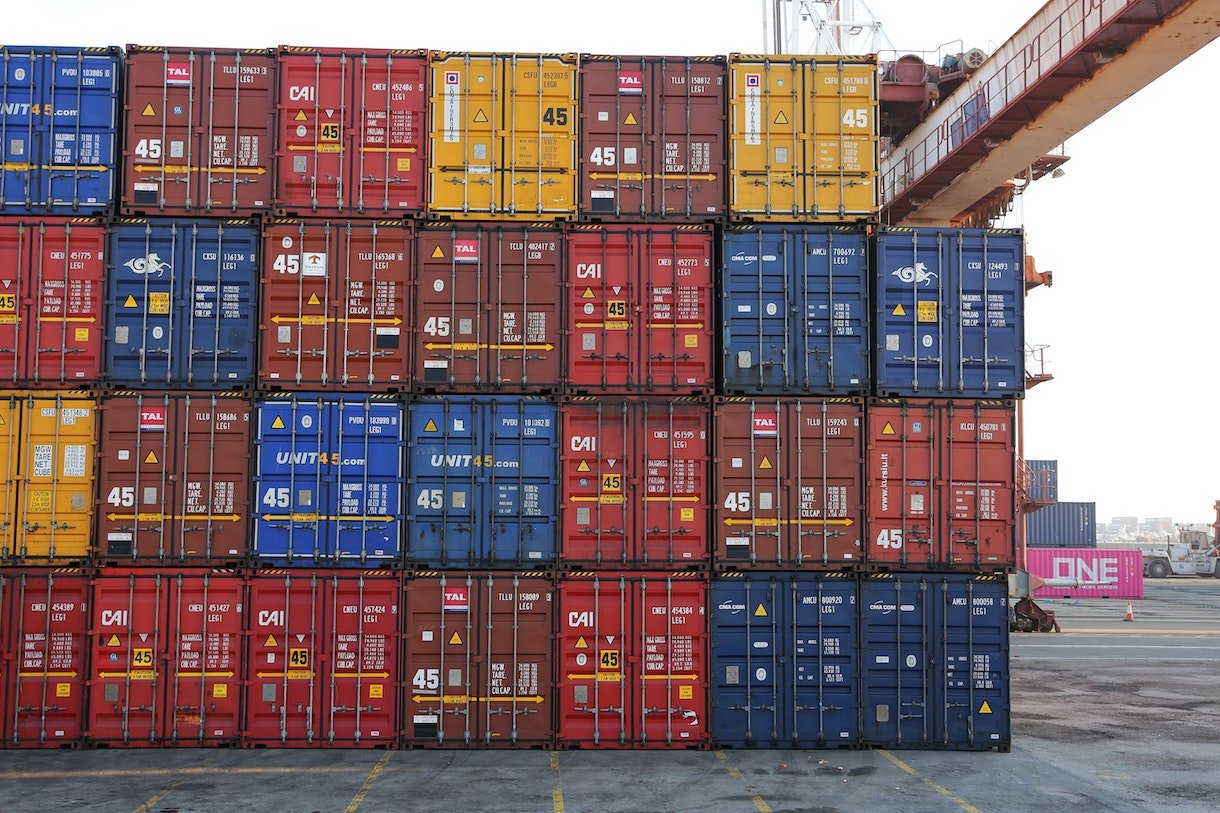 Benefits of Short Sea Shipping
Benefits of Short Sea Shipping